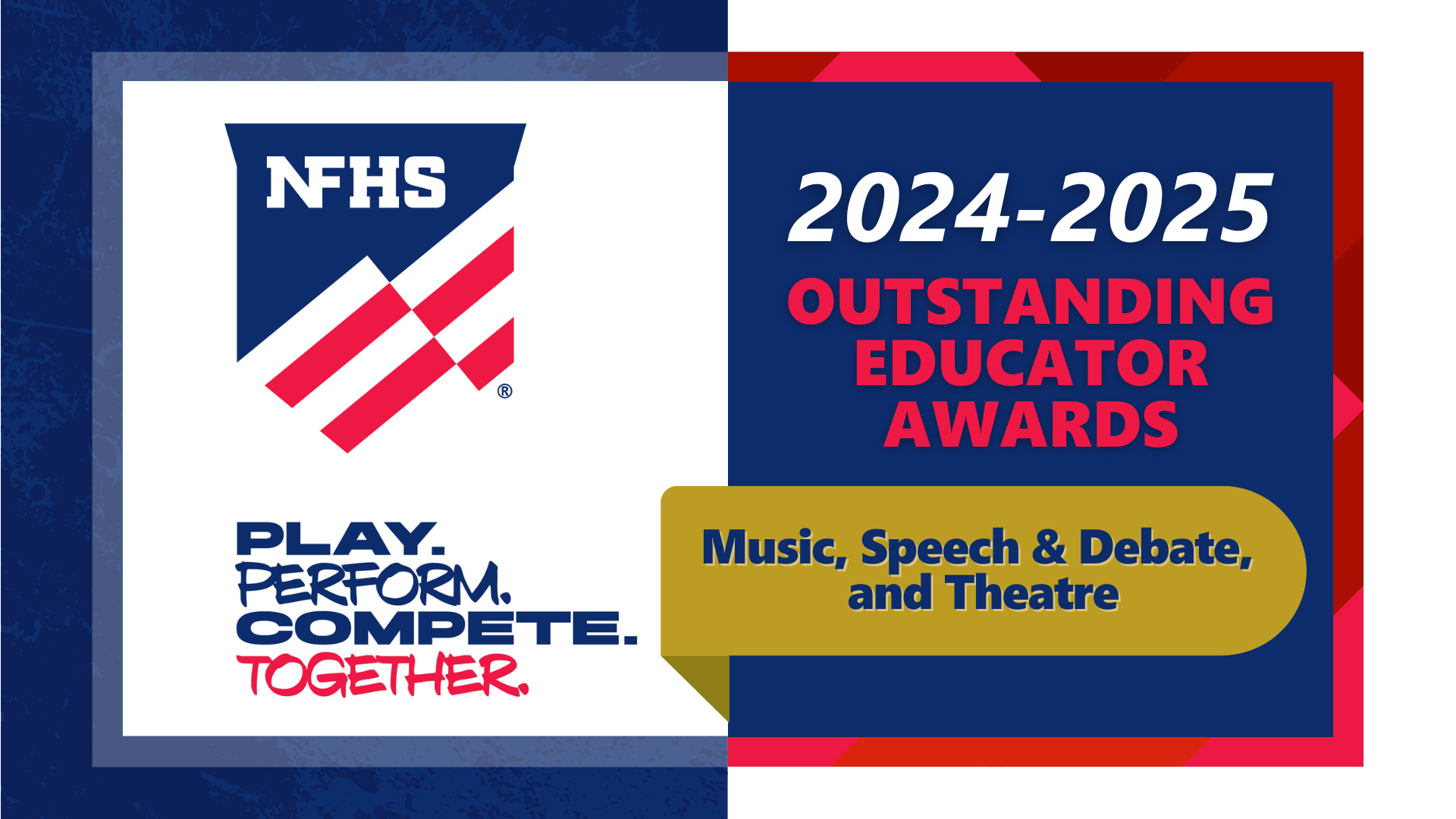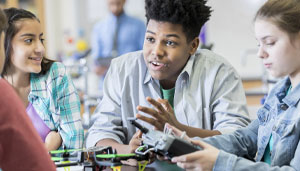Promoting Inclusion of All Cultures in Fine Arts Programs
By Steffen Parker on April 25, 2024 hst PrintDEI (Diversity, Equity and Inclusion) represents the wide range of human emotions, perceptions and differences that our planet contains and works to make sure that every inhabitant is aware. By considering DEI in all aspects of education, teachers ensure that the next generation will understand and hopefully appreciate the plethora of global cultures and diverse issues. Knowing something about the traditions, habits and cultures the inhabitants of our world cherish provides each of us with the insights to be better citizens.
By including DEI across the curriculum, students not only learn about the corresponding aspects of each culture, but they also understand and see the importance in our current and future world. To accomplish this, educators select materials, topics and projects that provide students with this type of cultural contact. This can be challenging while maintaining the teacher’s ability to cover the required or important subject matter. In addition, it often makes those selections seem forced, unnatural or pushes the learning into directions that do not support the overall course goals. However, with the humanities and fine arts, including DEI-related material just takes a bit of planning and possibly a refocusing of the essentials.
Fine arts (and humanities), because of its potential to use a broad spectrum of material, can thus introduce a wide range of cultures, eras, languages and traditions to the students in their individual or ensemble classes. Teachers can find and teach music or art created by composers or artists from just about every country, culture and era of civilization. Using any standard piece of solo or ensemble music, even if written by an American contemporary, allows the teacher the opportunity to educate students about different languages and their origins through the use of tempo, dynamic and other markings. That music also has a history in how the form was developed over the centuries, how the instruments were invented or came to be, and how other cultures might perform the same music, using the same printed documentation, but sounding completely different. Every piece of music has a DEI potential if taught and rehearsed with the proper intent.
However, often fine arts educators are so focused on the performance conclusion to their use of music or the successful creation of a type of artwork that they neglect to consider how to shape the journey to get there. For example, rehearsing and performing music can include DEI aspects from start to finish. The educator can use not only the languages that are common in almost all music, but the cultural aspects of the form of the piece, the history of the instruments being performed, the relationship of this piece to others from that era or composer or style.
Using the fine arts to present different cultures, histories, languages or traditions to the student requires a bit of effort in selecting broad-based programs that allow that teaching to happen. A simple substitution of one or two standards in the Christmas Concert program with pieces that still celebrate the holiday, but in a different language, from a different time, in a different country will provide the ‘textbook’ the educator needs to share that diversity with their students from rehearsal No. 1.
And if that is the extent of DEI efforts, it’s appropriate, but just a start. DEI not only promotes the inclusion of other cultures and times in the teaching material, but the equitable inclusion of all who wish to participate. Supporting every musician or artist who wishes to participate may take some doing, but all is possible. A wheelchair-bound student may not be able to play the sousaphone, but a way to support an alto sax on their chair can be fashioned easily. Size, height, strength, coordination challenges can all be met and overcome so that all are included. A deaf student who loves to ‘feel’ music can teach the chorus to sign a piece while singing it, adding their participation to the group, but bringing an entirely new concept to how the words on the page are shaped and presented.
To provide every possibility in a fair and even manner is also a part of providing an education that includes DEI. Taking musicians and artists as they come, learning what they wish to get out of their participation, and supporting them in achieving their goals is the first step. Doing so without any preconceived notions on who should be able to do what and making sure that all of the supportive resources are applied equitably is a critical second step. It may also be the more difficult part. One would hope that now, well into the 21st century, the notions on which type or gender of student can perform on which instrument or sing which voice part or create this type of artwork do not affect education’s ability to support all students. As Teddy Roosevelt said, “Do what you can with what you have where you are.”
Steffen Parker
Steffen Parker is a music and digital media educator from Vermont who serves on the NFHS High School Today Publications Committee.
Most Recent Articles
- nfhs news NFHS Learning Center Delivers 25 Millionth Course
- Track & Field/Cross Country article Effective Communication with Athletes and Coaches
- nfhs news Player Equipment Changes Highlight 2025 High School Football Rules Revisions
- Player Equipment Changes Highlight 2025 High School Football Rules Revisions
- nfhs news Judgment Call on Second Contact Eliminated in High School Volleyball







